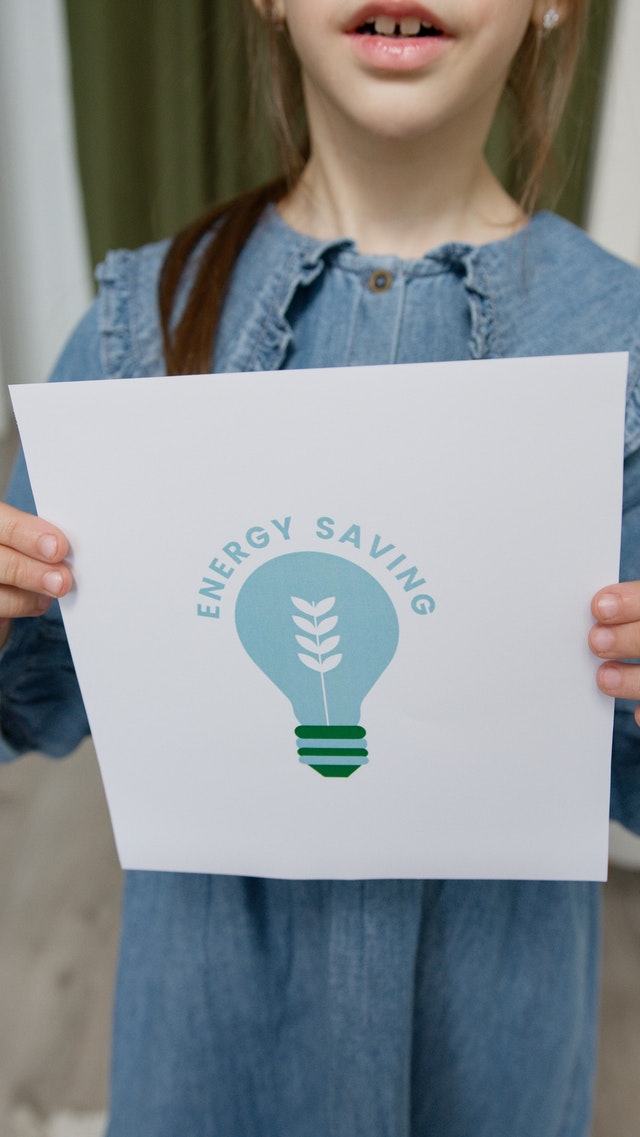Across the last few years, businesses around the world have seen huge changes as a result of COVID-19. One of the most significant shifts is the work force moving from the office to working at home. Many companies have benefited and appreciated this change as it resulted in the reduction of office rent and other utility costs. Not only that, working at home has numerous advantages for employees and freelancers as well.
However, working from home can still present challenges. One such challenge is the potential for higher home running costs due to being home for longer periods of time. Therefore, employees may need to optimise their energy costs to save energy and money at home.
- Warm yourself prior to warming the space around you
You may have become accustomed to your warm office, but it’s unlikely that you’ve considered the costs of achieving this comfort. It was your company who paid for that. Being at home, you pay for yourself and being warm and comfortable while you work is important for focus and productivity.
Therefore, to ensure comfort, you could focus on warming yourself rather than warming your room or your house. Using warm clothes, layering clothing, active movements, and hot beverages will help keep you warm while working at home.
- Heat your working area, not the entire dwelling
If you feel that you still need heating in your work area, focus on a single room rather than the entire house. Similar to your employer’s office, you are unlikely to need more than one room when working from a desktop or laptop. Therefore, making it easier to heat only one room where you will be working the most.
Concentrating on your working place and making it a small space of comfort can help it be conductive of work. Helping you to create a space that you enjoy working in.
Top tip to heating a room using minimum energy! All you will need a small heater and a fan. While a heater will be warming your personal space, directing a fan on it will spread heat throughout the room and will quickly increase the temperature in it by several degrees. This can be especially helpful if you are unable to select certain radiators for heating.
- Use a smart power strip
The heating is not the only way you can optimise your energy. When you work from home, you will likely be using several gadgets including a laptop, a scanner, a printer and some other devices. They all consume energy even if they’re in sleep mode.
A smart power strip can resolve this energy consumption by switching off gadgets if they are inactive for a while. This will allow you to not worry about whether these devices are plugged in and whether they should be turned off. At the same time, you will not waste extra energy when you are not using them.
In addition, you can also use smart trackers that will show you what devices consume most electric energy and when. Having this information, you will be able to adjust your energy consumption profile and thus avoid unnecessary energy wastage.
- Think about your lighting
The next point you should think of is the lighting of your working area. Undoubtedly, your ‘home office’ needs to be sufficiently illuminated for work, to reduce stress and help to keep your eyes healthy. However, lighting is one of the most significant energy consumers in your home.
To avoid excessive energy wastage, make sure that the light is on only in areas that have to be illuminated. Since you will likely be spending hours in your work area, other rooms of your dwelling will not need light at all. While it can be tempting to use electric light most of the time, why not pull back the curtains in your room and let the natural sunlight in? This will save you a substantial sum of money on energy and can help boost your mood.
In addition, replacing incandescent bulbs, which use a lot of energy, with LEDs can be the best change you make. LEDs consume 10 times less power than incandescent bulbs which will reduce energy costs and help you be more energy efficient.
- Upgrade your EPC rating
An Energy Performance Certificate (EPC) is the document that shows how energy efficient your house is. Typically, this document is needed when a property is built, sold or rented. It is valid for 10 years and you can be fined if you do not have an EPC when you need it.
To receive this document, you should apply to an accredited assessor. This service will assess the current grade of your dwelling and create a certificate for you. If you want to enhance your EPC grade, they will provide you with a comprehensive list of recommendations on how to make your house more energy effective. EPC for you state that, ‘The average EPC rating at the moment in the UK is a D, meaning that if you get a rating of C or above, you are doing pretty well’. They know exactly what it takes to improve your home, even by one rating that can make the biggest difference to energy efficiency and energy costs.
The best rating a house can have, is an ‘A’, which would mean that your house is highly energy efficient and imposes very low running costs. Meanwhile, the lowest grade is ‘G’, which points to an energy ineffective house with excessive energy consumption and high running costs. While there are underlying factors of this grade that cannot be changed, something can be done to improve an EPC rating.
The most evident ways of improving an EPC grade include loft and wall insulation and the installation of an effective heating source. A more substantial investment can be in installing solar panels that produce renewable energy and allow you not to spend as much money for electric power.
Another small change you can make is upgrading to more energy efficient appliances in your kitchen and bathrooms. This is made even easier as all appliances have energy ratings when purchasing them so you can make the most positive and informed choice for your home.
- Choose an appropriate tariff
Reducing energy costs might not only be a result of the actions you take as a consumer but also to the company who supplies your home. Check whether you are using the appropriate tariff for the amount of energy that you consume each month.
Many energy suppliers help you track energy consumption online. If you find that you spend less energy than your tariff stipulates, change it to a more energy saving one. This will motivate you to spend less energy an reduce your bills.
In conclusion, there are numerous ways of saving energy when working from home. You should revise your energy consumption behaviour from all angles. If you find any inefficiencies and excessive energy use and eliminate them. Your energy consumption can easily be optimised by being selective with heating, lighting, appliances and using a smart power strip. Working from home has never been easier or less stressful when you’re saving money on energy and being more mindful about energy usage.




